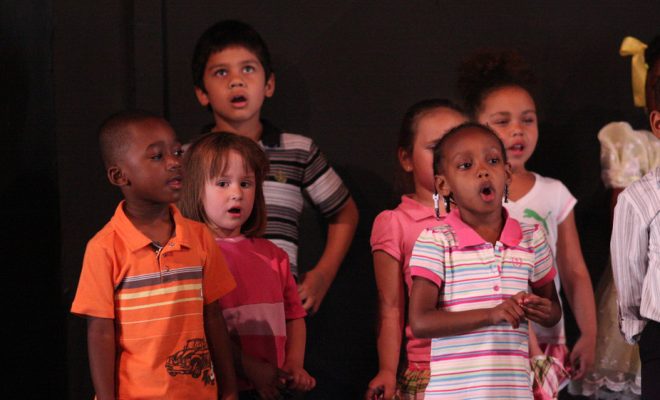Teaching Students About Baba Yaga

Baba Yaga, also known as the Forest Witch, is a prominent figure in Slavic folklore. As a supernatural being with both malevolent and benevolent characteristics, Baba Yaga is a fascinating subject to teach students about. Here are some ways you can introduce Baba Yaga to your students to pique their interest:
Introduce the Legend
Students are likely unfamiliar with the legend of Baba Yaga, so start by telling them about this supernatural being. Baba Yaga is depicted as an old, wrinkled woman with a crooked nose, long white hair, and a pointy chin. She is known for living in the forest in a unique house that stands on giant chicken legs. Baba Yaga is believed to have both good and bad qualities: sometimes she aids people, and sometimes she lures them into her clutches.
Read Folktales
Folktales are an excellent way to teach students about Baba Yaga’s character. Reading folktales like The Beautiful Vasilisa and the Baba Yaga, The Buried Moon, and The House of Baba Yaga, you can highlight how Baba Yaga can sometimes be a villain, while at other times, she can help people overcome their problems. Folktales offer unique perspectives and insights into Baba Yaga’s character that students will find fascinating.
Encourage Discussion
After reading folktales, encourage your students to discuss their thoughts and ideas about Baba Yaga. Ask them to share their opinions on why the character is sometimes depicted as good and other times as bad. Ensure everyone gets a chance to express their thoughts without judgment, and you’ll be amazed at the creativity and diverse opinions your students will offer.
Promote Creativity
Encourage your students’ creativity by encouraging them to express their interpretations and ideas about Baba Yaga through art, crafts, and writing. You can have them create Baba Yaga-inspired masks or teach them how to draw the Forest Witch using simple drawing techniques. Creative writing prompts like “Write a story where you meet Baba Yaga” will further encourage their imagination.
Conclusion
Teaching students about Baba Yaga is an excellent way to promote cross-cultural exchange and help students appreciate folk traditions and storytelling. By introducing Baba Yaga through folktales, encouraging discussions, and promoting creativity, your students will develop a deeper understanding of this fascinating character.






